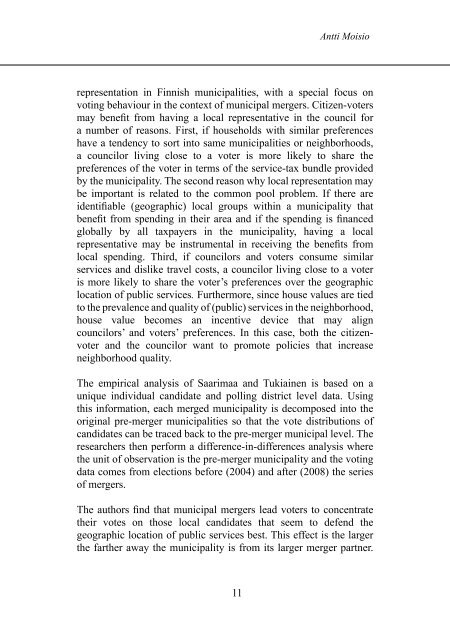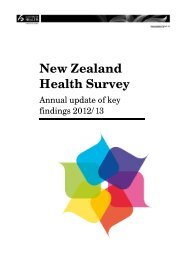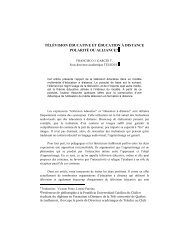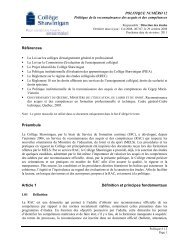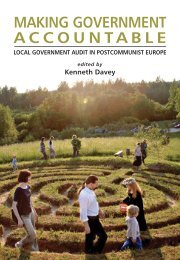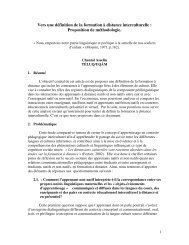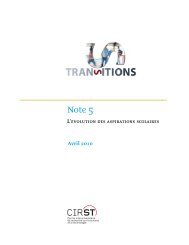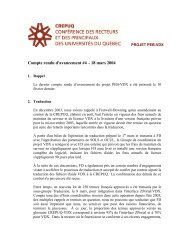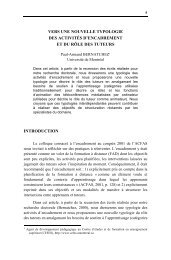61 Rethinking local government: Essays on municipal reform - VATT
61 Rethinking local government: Essays on municipal reform - VATT
61 Rethinking local government: Essays on municipal reform - VATT
You also want an ePaper? Increase the reach of your titles
YUMPU automatically turns print PDFs into web optimized ePapers that Google loves.
Antti Moisiorepresentati<strong>on</strong> in Finnish <strong>municipal</strong>ities, with a special focus <strong>on</strong>voting behaviour in the c<strong>on</strong>text of <strong>municipal</strong> mergers. Citizen-votersmay benefit from having a <str<strong>on</strong>g>local</str<strong>on</strong>g> representative in the council fora number of reas<strong>on</strong>s. First, if households with similar preferenceshave a tendency to sort into same <strong>municipal</strong>ities or neighborhoods,a councilor living close to a voter is more likely to share thepreferences of the voter in terms of the service-tax bundle providedby the <strong>municipal</strong>ity. The sec<strong>on</strong>d reas<strong>on</strong> why <str<strong>on</strong>g>local</str<strong>on</strong>g> representati<strong>on</strong> maybe important is related to the comm<strong>on</strong> pool problem. If there areidentifiable (geographic) <str<strong>on</strong>g>local</str<strong>on</strong>g> groups within a <strong>municipal</strong>ity thatbenefit from spending in their area and if the spending is financedglobally by all taxpayers in the <strong>municipal</strong>ity, having a <str<strong>on</strong>g>local</str<strong>on</strong>g>representative may be instrumental in receiving the benefits from<str<strong>on</strong>g>local</str<strong>on</strong>g> spending. Third, if councilors and voters c<strong>on</strong>sume similarservices and dislike travel costs, a councilor living close to a voteris more likely to share the voter’s preferences over the geographiclocati<strong>on</strong> of public services. Furthermore, since house values are tiedto the prevalence and quality of (public) services in the neighborhood,house value becomes an incentive device that may aligncouncilors’ and voters’ preferences. In this case, both the citizenvoterand the councilor want to promote policies that increaseneighborhood quality.The empirical analysis of Saarimaa and Tukiainen is based <strong>on</strong> aunique individual candidate and polling district level data. Usingthis informati<strong>on</strong>, each merged <strong>municipal</strong>ity is decomposed into theoriginal pre-merger <strong>municipal</strong>ities so that the vote distributi<strong>on</strong>s ofcandidates can be traced back to the pre-merger <strong>municipal</strong> level. Theresearchers then perform a difference-in-differences analysis wherethe unit of observati<strong>on</strong> is the pre-merger <strong>municipal</strong>ity and the votingdata comes from electi<strong>on</strong>s before (2004) and after (2008) the seriesof mergers.The authors find that <strong>municipal</strong> mergers lead voters to c<strong>on</strong>centratetheir votes <strong>on</strong> those <str<strong>on</strong>g>local</str<strong>on</strong>g> candidates that seem to defend thegeographic locati<strong>on</strong> of public services best. This effect is the largerthe farther away the <strong>municipal</strong>ity is from its larger merger partner.11


